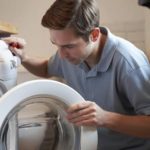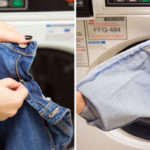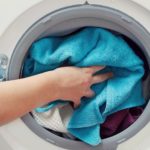1. Putting too much or too little clothes in a single wash
Most people think that putting a lot of clothes in the machine for a single wash will save time, electricity, water, and detergent. However, for each type of washing machine, the manufacturer specifies the washing capacity on the machine body. If you don’t follow the instructions and cram too many clothes, it can cause the inner shaft of the machine to get stuck and easily damage the machine.
Not to mention, too many clothes can cause the machine to strain and operate at full capacity, resulting in clothes not being thoroughly cleaned. On the other hand, washing too little will cause the clothes to pile up on one side, unbalancing the drum and creating strong impacts, which can damage the machine and also waste electricity, water, and detergent.
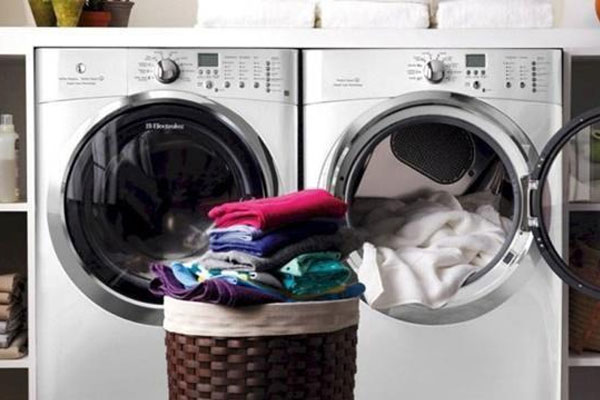
2. Installing the washing machine in a too damp place
Many households often install washing machines on balconies, rooftops, bathrooms, or under stairs for convenience without knowing that the dampness in the bathroom or under the stairs can cause the washing machine to be exposed to moisture, preventing the motors from functioning. Additionally, installing the washing machine in a place with direct sunlight can quickly damage the internal electronic components. It is best to install this device in dry, well-ventilated areas with proper support at the bottom.
3. Using the wrong detergent and fabric softener
Using hand washing detergent for the washing machine will quickly damage the device. The reason is that hand washing detergent often creates a lot of foam, while machine detergent needs to have strong cleaning agents and less foam.
When you use hand washing detergent, the washing machine has to operate at full capacity to clean the foam. Additionally, using too much detergent and fabric softener is not good because they will prevent the washing machine from cleaning the clothes thoroughly, waste water, and damage the motor.
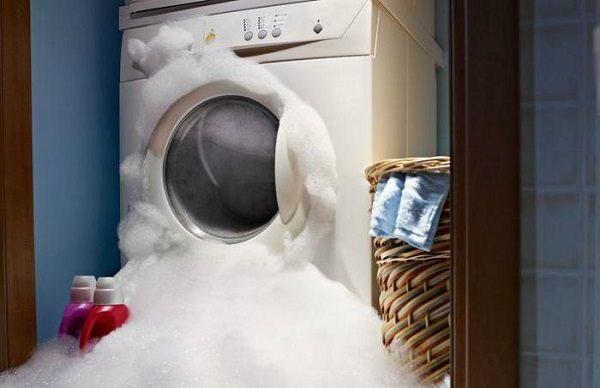
4. Opening the washing machine lid suddenly while it is still running
You just pressed the power button on the washing machine, but you suddenly open the lid because you notice that there are a few pieces of clothes that haven’t been put in yet. This action can severely damage the machine and is the main reason for the quick breakdown of the washing machine. Additionally, after opening the lid, you will have to start the washing cycle from the beginning, which consumes electricity, water, and takes a lot of time.
5. Not cleaning the washing machine regularly
After a long period of use, the washing machine will accumulate dust and mold. If not cleaned regularly, this dirt will stick to your clothes during the wash cycle and harm your health. To avoid this situation, it is best to schedule regular maintenance and cleaning of the washing machine, which will not only prevent damage but also keep your clothes clean and fresh.
6. Forgetting coins or keys in clothes when washing
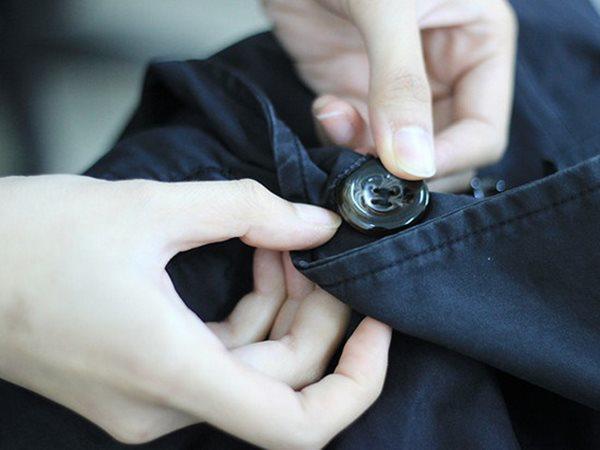
Forgetting coins or keys in clothes when washing can easily get stuck in the holes in the washing drum and damage the machine. Not to mention, these iron or aluminum objects can scratch the washing machine door and body, causing aesthetic issues.
According to thoidaiplus

